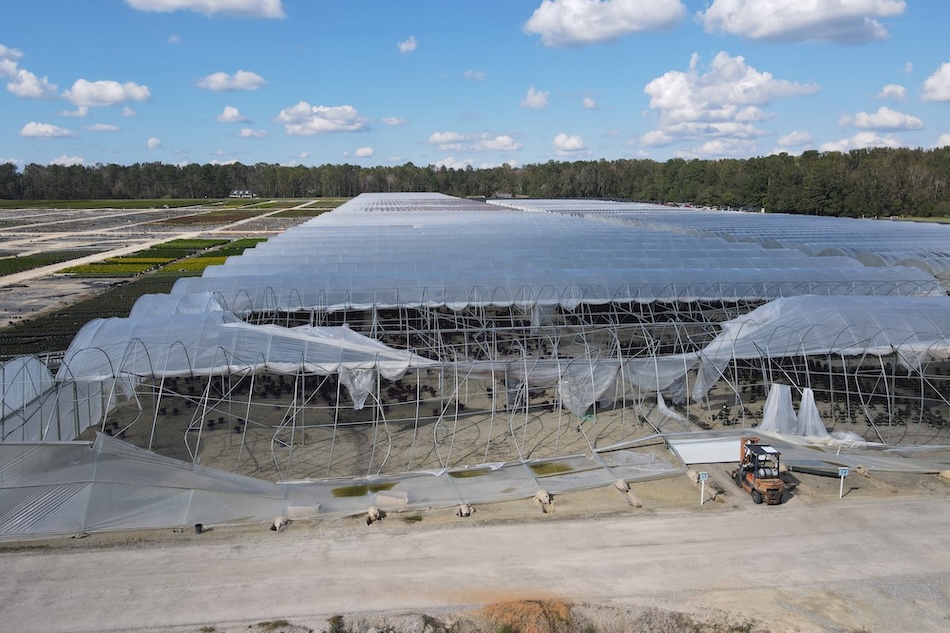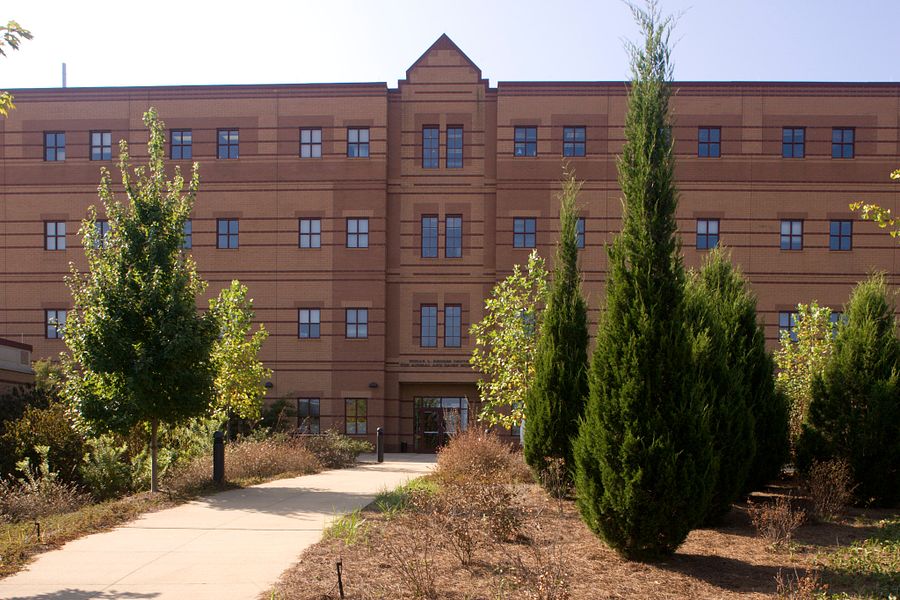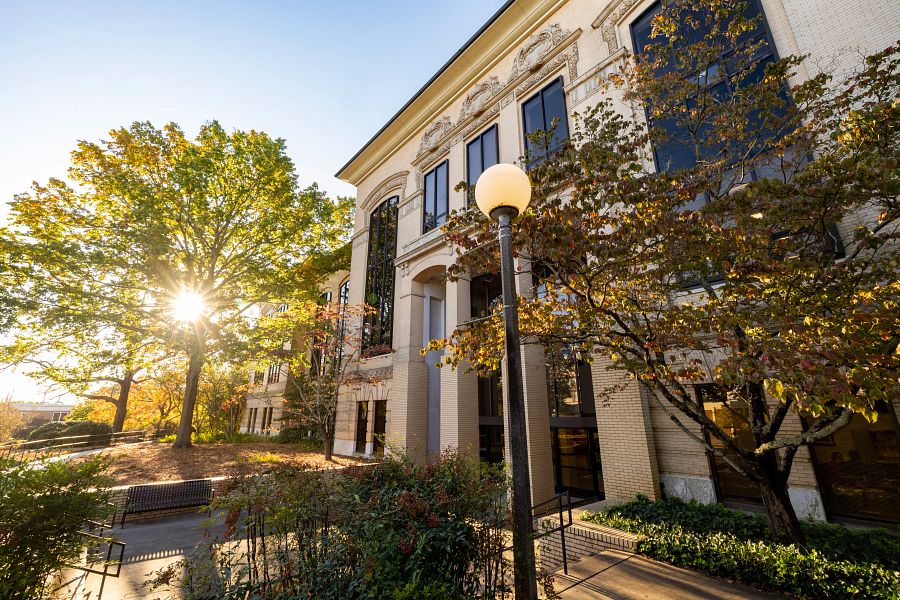By Gary Wade
University of
Georgia
 Unlike other clematis prized for their flowers, Armand clematis (Clematis armandii) would be a great vine even if it didn’t flower. Its glossy, evergreen leaves are attractive year-round and provide visual interest to fences, arbors, trellises, walls or pergolas.
Unlike other clematis prized for their flowers, Armand clematis (Clematis armandii) would be a great vine even if it didn’t flower. Its glossy, evergreen leaves are attractive year-round and provide visual interest to fences, arbors, trellises, walls or pergolas. Most clematis are deciduous and look lifeless in winter. This one is evergreen and looks good even during the winter.
Spring flowers are an added bonus of Armand clematis. White, fragrant, star-shaped flowers appear in March in Athens, Ga., (earlier in more southern zones) and persist nearly a month. Flowers have a spicy, subtle fragrance that is not overpowering. They are about 2.5 inches across and are borne in panicles from previous season’s growth.
Leaves of Armand clematis are about 3 inches long and 1 to 2.5 inches wide. Clusters of three leaves, called leaflets, emerge from a single point along the stem.
Expect Armand clematis to grow 20 to 30 feet by the end of two to three growing seasons. It is not nearly as aggressive as wisteria, confederate jasmine or Carolina jessamine, which require regular pruning during the growing season to prevent them from becoming overgrown. It can be kept in bounds with light pruning after flowering and an occasional snip or two during the growing season. Because it flowers on the previous season’s growth, avoid pruning it after mid-July.
Armand clematis can be grown in most areas of Georgia, except in the extreme north Georgia mountains where winter temperatures sometimes dip into the single digits. Winter protection is advised when temperatures dip into the low teens.
Plant Armand clematis in moist, well-drained soils and full sun to partial shade. It does best in hardiness zones 7 to 9. It is not particularly drought tolerant, so it will require some moisture during periods of limited rainfall. It can be propagated from summer cuttings or by layering.
(Gary Wade is a Cooperative Extension horticulturist with the University of Georgia College of Agricultural and Environmental Sciences.)






